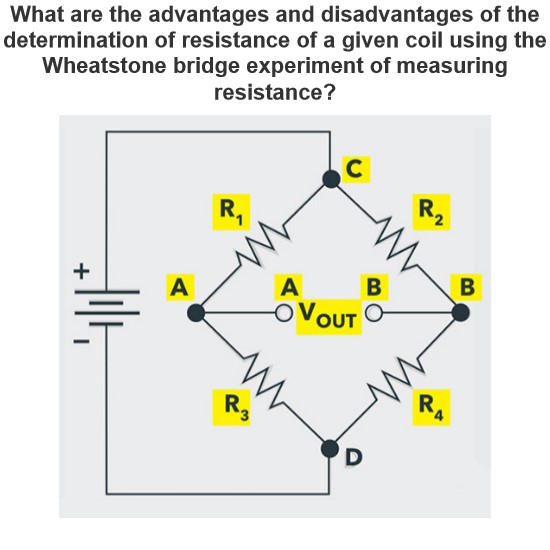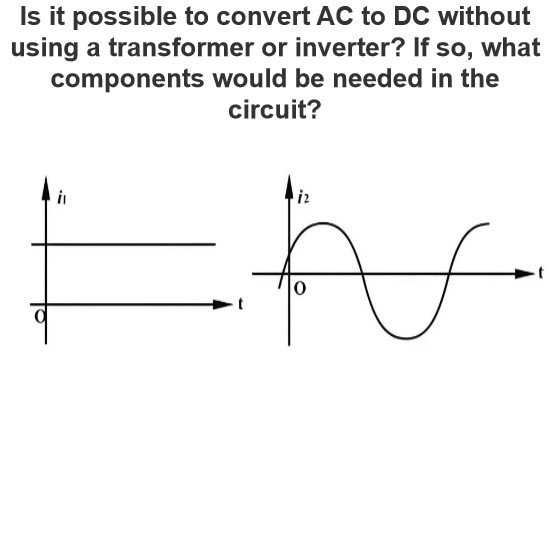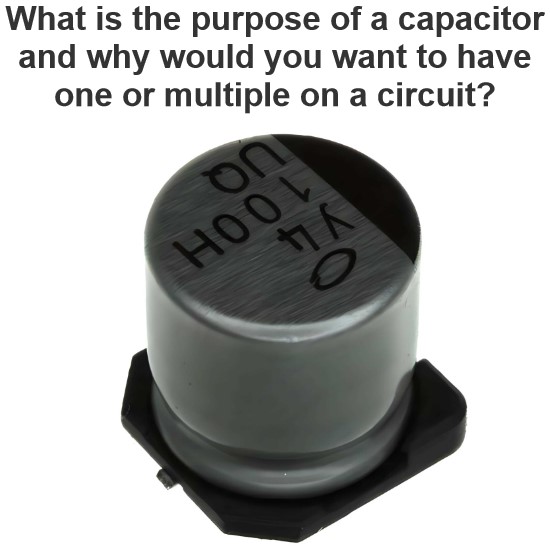What happens if an electrolytic capacitor is connected with both sides positive and negative terminals reversed?
If the positive and negative terminals of an electrolytic capacitor are connected in reverse, i.e., reverse-biased, it can lead to a series of problems and potentially damage the capacitor. Electrolytic capacitors are polarized capacitors that contain an electrolyte. The positive terminal is typically a metal foil or a metal foil coated with an oxide layer, while the negative terminal is usually made of metal powder or carbon. The electrolyte serves to isolate the positive and negative terminals and allows current to flow in only one direction under normal conditions.
Possible Outcomes Include
Electrolyte Damage (Electrolyte Damage)
When an electrolytic capacitor is reverse-biased, the internal electrolyte may be damaged. This is because the electrolyte is designed to withstand forward voltage rather than reverse voltage.This damage can cause chemical changes in the electrolyte, affecting the functionality of the capacitor.
Breakdown of Oxidation Layer (Breakdown of Oxidation Layer)
Under normal operating conditions, there is an oxide film on the positive terminal of an electrolytic capacitor. This film has high impedance and prevents current from flowing directly through the metallic base. When the capacitor is reverse-biased, this film may break down.Once the oxide layer breaks down, current can flow directly through the metallic base, causing the capacitor to fail.
Heating
Reverse biasing can lead to heating within the capacitor. Uncontrolled current flow through the capacitor can generate a significant amount of heat, raising the internal temperature of the capacitor.Excessive temperatures can not only cause premature failure of the capacitor but can also lead to more serious safety issues, such as fire.
Gas Generation
When an electrolytic capacitor is reverse-biased, the chemical components in the electrolyte may decompose, producing gases. These gases accumulate inside the capacitor, causing it to swell or rupture.If the capacitor's casing is not sealed properly, these gases may leak out, potentially damaging surrounding electronic components.
Capacitor Failure
Ultimately, the result is often complete failure of the capacitor. The capacitor may no longer be able to store charge and will not function properly.In extreme cases, the capacitor may suffer physical damage, such as the case bursting or exploding.
Safety Measures
To avoid the above situations, consider the following precautions when installing electrolytic capacitors:
Correctly Identify Polarity: Before installation, ensure that the markings on the capacitor are checked to confirm the correct orientation of the positive and negative terminals.
Use Protective Circuits: Incorporate protective circuits in the design, such as reverse-voltage protection, to prevent reverse biasing of the capacitor.
Monitoring and Inspection: Regularly inspect the operational state of the capacitors and replace them if any abnormalities are detected.
Summary
Reversing the polarity of an electrolytic capacitor can lead to electrolyte damage, breakdown of the oxide layer, heating, gas generation, and ultimately, failure of the capacitor. To avoid these issues, it is crucial to correctly identify the polarity and pay attention to the orientation of the positive and negative terminals during installation. Additionally, incorporating appropriate protective measures in the circuit design can help prevent damage caused by reverse biasing.
The Electricity Encyclopedia is dedicated to accelerating the dissemination and application of electricity knowledge and adding impetus to the development and innovation of the electricity industry.




